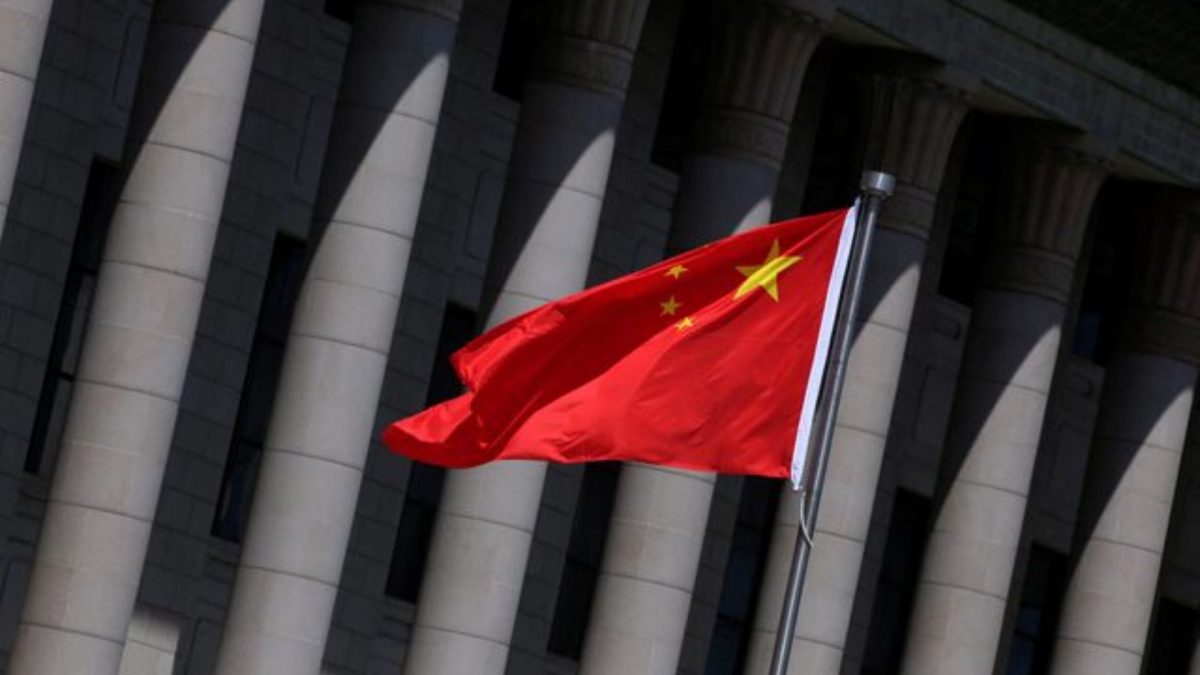China’s expanding trade surplus and the rising US trade deficit since the pandemic have reignited concerns about global economic imbalances. The growing consensus suggests that China’s surpluses stem from industrial policies aimed at bolstering exports amid weak domestic demand, prompting fears of a potential “China shock 2.0” — a scenario where a surge of exports displaces workers and disrupts industrial activity in other nations.
Shift from Trade Policy to Macroeconomic Fundamentals
As per International Monetary Fund (IMF), critics argue that the prevailing view linking external balances to trade and industrial policies is incomplete. Instead, a macroeconomic perspective should be adopted.
External balances are ultimately shaped by macroeconomic fundamentals, emphasising the need to understand the drivers of saving versus investment — not just in China but globally, especially in the United States. Together, the two countries account for about one-third of the global current account balance.
Macroeconomic Forces Driving Trade Surpluses
China’s trade surplus saw a significant increase at the pandemic’s onset, driven by a spike in exports of medical equipment and a global shift towards goods over services due to social distancing measures.
However, domestic demand in China weakened dramatically starting in late 2021, triggered by a property market downturn and repeated lockdowns, leading to lower consumer confidence.
This duality — weakening domestic demand in China and heightened global demand fuelled by significant dissaving in the US — has resulted in a trade balance that now represents between 2 per cent and 4 per cent of China’s GDP.
Impact Shorts
More ShortsAlthough, this figure is lower than the peak of around 10 per cent seen during the previous “China Shock” of the 2000s, China’s share of the global economy has grown, stabilising its trade surplus as a percentage of global output.
Insights from Economic Simulations
Stylised simulations using the IMF’s Group of Twenty model indicate that macroeconomic factors significantly drive these external developments. The simulations reveal that negative domestic demand shocks in China and a dissaving shock in the US are pivotal.
Due to weak domestic demand, China’s current account surplus has increased by approximately 1.5 percentage points relative to pre-pandemic levels. Simultaneously, the US current account balance has deteriorated by about 1 percentage point due to strong domestic demand.
Key Takeaways: Homegrown Solutions Required
Two critical lessons emerge from this analysis:
Absence of a Global Savings Glut: Unlike the 2000s, when excess savings from emerging Asian economies contributed to global imbalances and depressed world interest rates, there is no such savings glut now. In fact, global real interest rates outside of China have risen.
Domestic Origins of Surpluses and Deficits: The contributions of Chinese and US saving shocks to their respective external balances are minor. Both countries’ surpluses and deficits are predominantly homegrown, necessitating domestic policy adjustments.
For China, sustained growth will require addressing longstanding domestic imbalances, particularly in the property sector and in managing an aging population. Export-led growth strategies may face significant hurdles, as China’s economy is now too large to rely heavily on exports.
For the US, improving external balances will hinge on fiscal adjustments, potentially through raising taxes and reforming entitlement programs.
Role of Industrial Policies & Subsidies
Concerns surrounding industrial and trade policies—especially regarding “overcapacity” in China—remain relevant. Despite the overall external balance, state support in specific sectors can enhance competitiveness and boost activity.
From 2009 to 2022, China implemented around 5,400 subsidy policies, primarily concentrated in sectors like software, automobiles, and semiconductors. Although the impact of these subsidies on overall external balances is modest, they can still generate significant international trade spillovers.
The Need for Balanced Industrial Policies
Beyond China, many countries, including the US, are increasing their use of industrial policies. While these measures might not be the main drivers of external surpluses, they can lead to substantial negative spillovers, undermining competitiveness in other nations and escalating trade tensions.
To mitigate distortions, industrial policies should be narrowly focused on sectors facing market failures and consistent with international obligations. Additionally, multilateral trade rules need to be strengthened to provide a framework for addressing these challenges without resorting to unilateral measures like tariffs, which can exacerbate tensions and undermine global supply chains.
With inputs from agencies
)